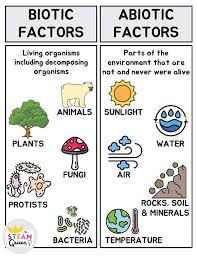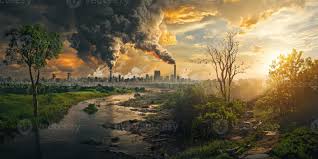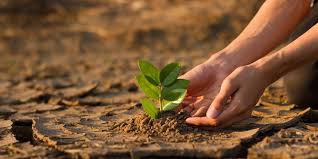Natural Environment

The natural environment is the foundation of all life on Earth. It includes everything that occurs naturally, such as air, water, soil, plants, animals, and ecosystems. This delicate balance supports human life and the countless other species that inhabit our planet. As modern civilization continues to grow, understanding and protecting the natural environment has never been more important.
What Makes Up the Natural Environment?

The natural environment consists of both biotic (living) and abiotic (non-living) components:
- Biotic elements include all living organisms—plants, animals, fungi, and microorganisms.
- Abiotic elements include air, water, sunlight, minerals, and climate.
These elements interact in complex systems that allow ecosystems such as forests, oceans, deserts, and wetlands to function.
The Importance of the Natural Environment

The natural environment is not only vital for biodiversity but also essential for human survival. It provides:
- Resources like food, timber, and medicine.
- Ecosystem services like pollination, water purification, and flood control.
- Cultural and spiritual value that connects people to nature through traditions, religion, and recreation.
Threats to the Natural Environment

Human activities have placed increasing pressure on the environment:
- Deforestation destroys habitats and contributes to climate change.
- Pollution contaminates air, water, and soil.
- Climate change alters weather patterns and threatens species survival.
- Overexploitation of resources leads to loss of biodiversity.
Protecting the Environment

Conservation and sustainable practices are key to protecting the natural world. This includes:
- Recycling and reducing waste
- Using renewable energy sources
- Protecting endangered species and habitats
- Promoting environmental education and awareness
Conclusion

The natural environment is a treasure that supports all life. It must be respected and preserved. By making conscious choices and working together, we can maintain the balance of nature and ensure a healthy planet for ourselves and future generations
Why is the natural environment important?
It gives us everything we need to live—like clean air, water, food, and a safe place to live. It also helps keep the Earth healthy.
What are examples of the natural environment?
Examples include forests, rivers, oceans, mountains, deserts, animals, and plants.
What harms the natural environment?
Pollution, cutting down too many trees (deforestation), wasting water, and using too many resources hurt the environment.
How can we protect the natural environment?
We can help by planting trees, saving water, not littering, recycling, and using less plastic and electricity.
